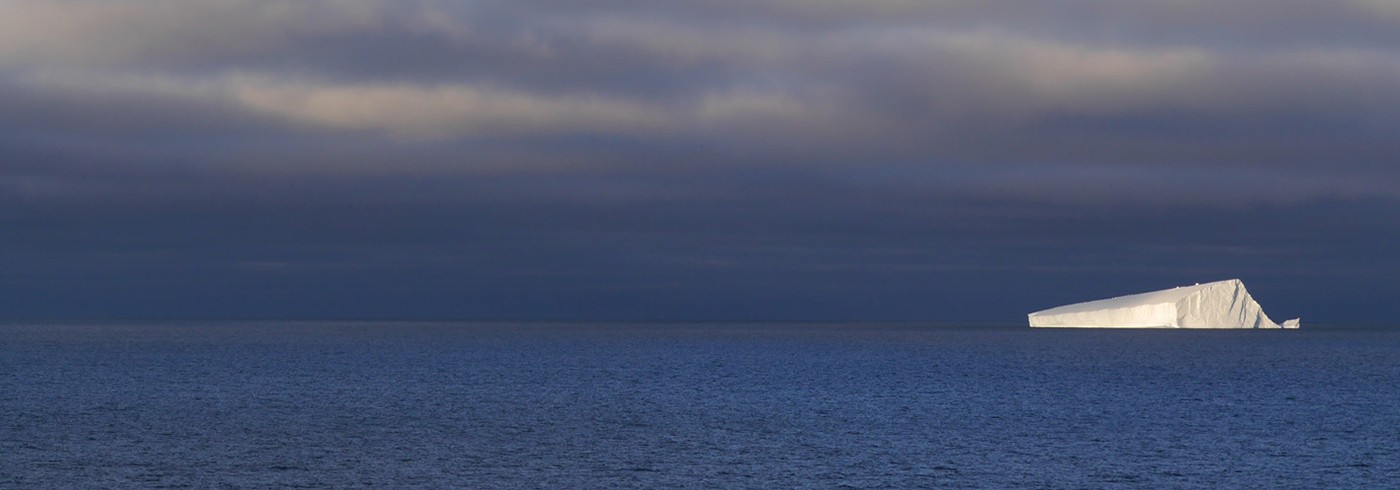You may think ice is just ice. White(ish). Frozen(ish). In the last six weeks (yes, six weeks today!) we’ve seen a whole host of many weird and wonderful forms that ice takes in and around the oceans. The giant, imposing Ross Ice Shelf, a floating body fed from the interior grounded ice sheet, nearly half a million square kilometres, the size of France. The bergs that calve from it, sculpted by the waters and the weather, some huge and immovable and others bobbing along by the ship. The solid plates of last winter’s frozen seas back in the early days of the cruise, and now in the last 48 hours we’ve seen grease, sugar, new grey plates, fingers and pancake ice forming. Today on a stunningly beautiful morning, the ice sheet’s outlet glaciers through the TransAntarctic Mountains loom shining in sunshine on the horizon, whilst we creep past the frankly freakish Drygalski Ice Tongue, an 80 km long tongue of ice that protrudes essentially unsupported from the David Glacier, over water >1000m deep. Gone are the open oceans and easy multibeaming of the Eastern Ross Sea. We’re back to easing our way around the sea ice, but Antarctica feels more present over here.
It’s crunch time now. Science is due to end at midnight Sunday night, and almost every hour there are calculations being done, planned tracklines re-measured, the absolute necessity of every track and every remaining core re-evaluated. All the while the season is closing in on us, the seas are freezing up before our eyes.



